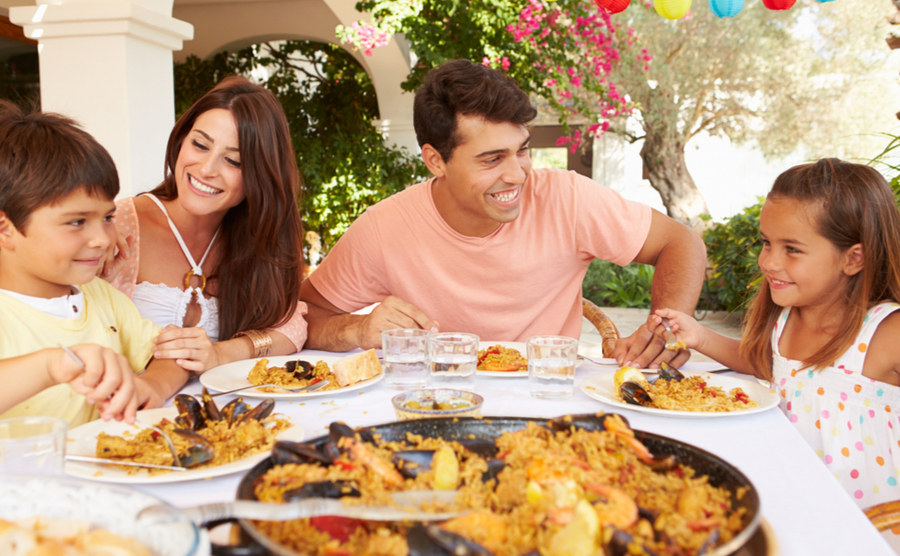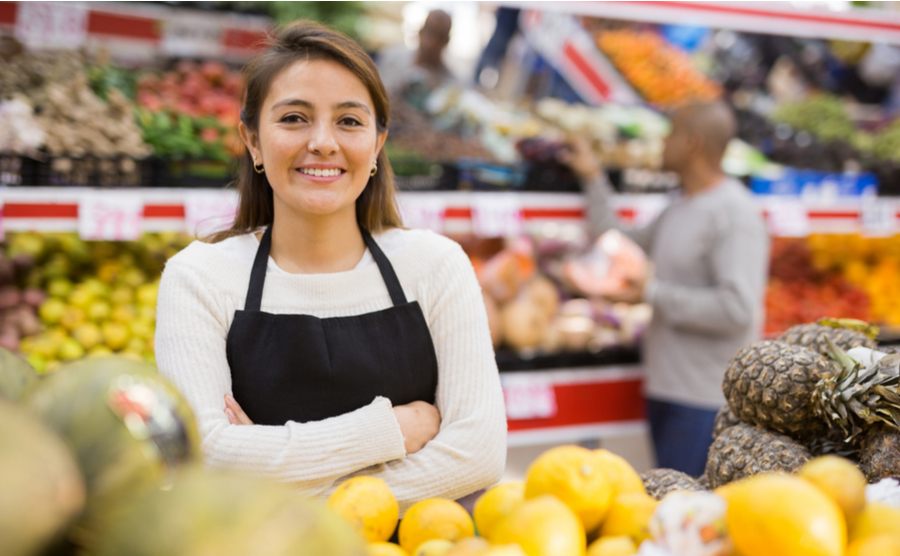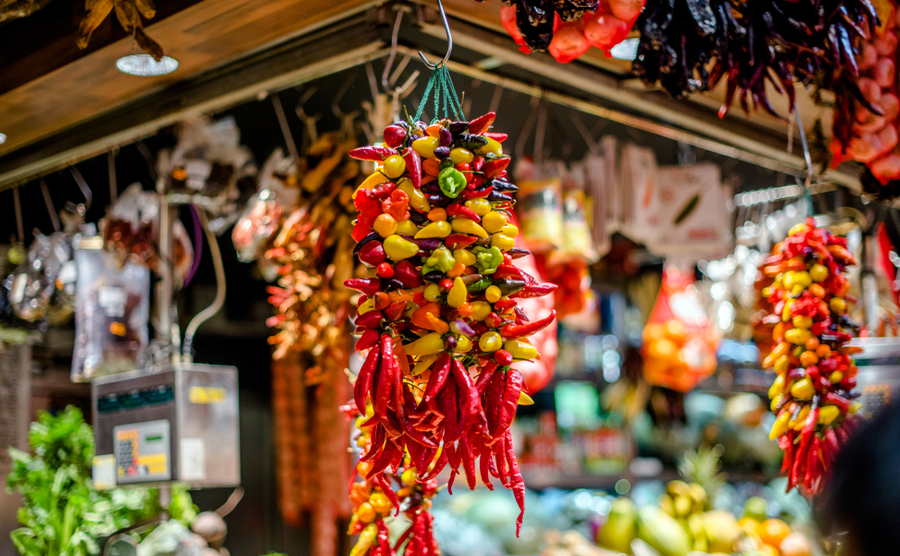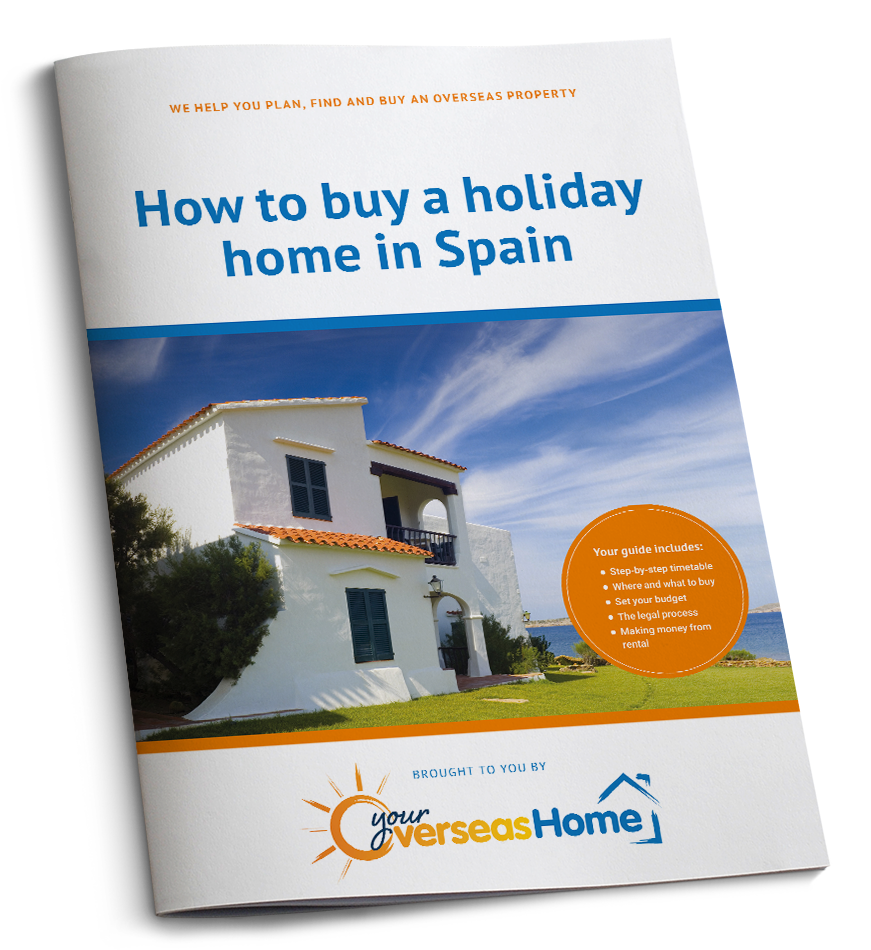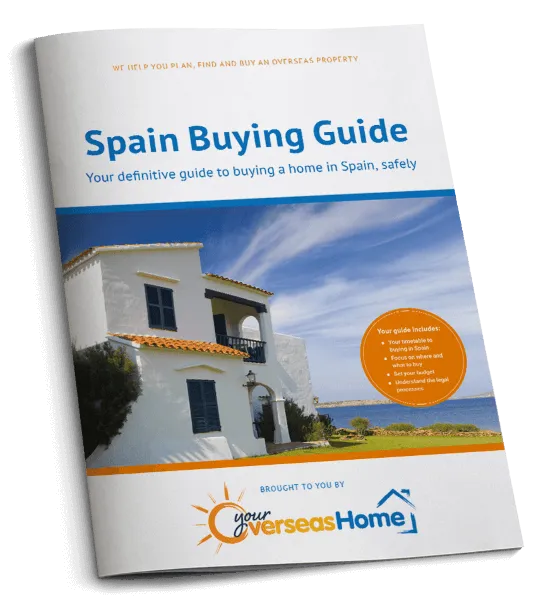Feeling the pinch of the rising cost of living in Spain? Our writer in Spain, Sally Veall, offers money-saving tips for grocery buying. You can eat delicious healthy food and watch your pennies in Spain. Plus, many traditional Spanish dishes and ingredients (like stale bread) are not too costly.
We have all noticed the increase in food prices here in Spain since January 2022. The same is true in the UK and other countries as a result of the war in the Ukraine, the rising costs of electricity and gas and petrol prices, all of which leads to our food (and other items) costing more.
The CPI (consumer price index) year on year in Spain this January is 5.9%hilst in the UK it is 10.1% according to the BRC (British Retail Consortium). In both countries food prices have seen a big jump and a trip to the supermarket is ever more worrying. Actually, here in Spain food prices have risen by 15.4% and in the UK by 15.7%.
The Spanish government brought in several measures to help the consumer including declaring certain foodstuffs will not carry any VAT (zero IVA). Thanks to this, some things have actually fallen in price, such as bread, milk and eggs. Other foodstuffs have also seen lower prices including fresh fruit, cheese, flour, potatoes, pasta and olive oil. The last two as a result of lowering IVA from 10% to 5%. Consumer organisations are pressing the government to introduce zero rated IVA on fish and meat too, which they consider essentials.
Nevertheless prices continue to rise, so how can you feed the family well for less money in Spain?
Find homes in Spain via our property portal.
Spanish Recipes
If you think about it, many of Spain’s well-loved dishes are actually made using inexpensive ingredients. Tortilla de patatas, Spanish potato omelette is a staple throughout the country, often with the addition of onion. It takes a little practice to master but is a delicious and satisfying meal.
Then there are a range of Spanish soups: Gazpacho, Ajo Blanco, Caldo Gallego,
Menestra de verduras, Espinancas con Garbanzos to name a few. All these are made using vegetables in season or basic ingredients such as garlic, white beans, ham bones or beef bones. Why not look up some recipes and start cooking in Spanish style for little financial outlay?
Use pulses! The Spanish and other Mediterranean peoples use pulses much more than the British. Not only are they an excellent source of fibre and protein, they are relatively inexpensive.
You can find most pulses such as lentils, white beans, chickpeas both dried and in jars ready cooked. The dried versions work out cheaper but most will need to be soaked overnight before you cook them. The jars are convenient and not that expensive. Seasonings are essential for cooking pulses so have a look at the spice and herb ranges in your local supermarket. The Spanish use them in soups, stews and salads.
Let’s not forget rice. Cultivated in several regions of Spain, rice is a staple. There are several types of rice available, the one most used is arroz bomba, a short round rice typically found in paella. Of course, long grain, wholegrain, basmati and arborio (Italian) rice are all on sale. Each has different uses and are extremely versatile. Be adventurous and try out some Spanish rice recipes. Inexpensive and filling, rice mixed with pulses provides a healthy and delicious meal.
Stale bread. Don’t throw it out! Add a little oil, salt and slices of red pepper (you can buy it in jars) and toast under the grill. A tasty and cheap snack. Grind it and use it as breadcrumbs. Make croutons. Make French Onion Soup and add bread slices. Stale bread is also a useful thickener for soups.
The Spanish use tomate frito a lot. Similar to Italian passata, it is not expensive and can be used in so many ways. Probably the simplest is to cook some pasta, add warm tomate frito and top with grated parmesan.
Helpful ways to save money on groceries
A useful website to check prices locally is https://www.tiendeo.com/supermercados. Just put it in your region or city and you will see brochures from most supermarkets.
Additionally, Lidl and Aldi have their own online brochures and signing up from them is both easy and free. Lidl also has a loyalty programme which offers discounted coupons and special offers.
All the main supermarkets: Mercadona, Carrefour, Dia etc, have their own websites and it really is worth checking them for the latest offers before you head out. Carrefour has a special card for the over 65s which discounts IVA from fresh goods and at their petrol stations with other benefits such discounts of electricity, car hire and in other shops.
In Catalonia, BonPreu/Esclat is one of the best supermarkets and its loyalty card gives you cashback on purchases. It also gives a good discount at their petrol stations.
It is really worthwhile obtaining your supermarket’s loyalty card which is free. Nevertheless, you should also check out prices in other establishments as your favourite supermarket may not offer the best prices for certain items. Looking online for something specific in two or three supermarkets doesn’t take long and can save you several Euro. Personally, I prefer cashback as I can save until I get a decent amount and then use it to reduce the cost of a big shop.
Markets
Prices in markets are not always the cheapest but the produce is fresh and if you buy from smaller stalls, will be locally grown. Check out the stalls run by elderly local people: they don’t use pesticides and may only have a small range but you can be sure everything is fresh and lovingly cultivated.
Only buy fruit and vegetables in season. Why would you want strawberries in December? Seasonal produce will be cheaper and healthier.
Small local shops
Usually, you’ll pay more in the small local shop but if you only need a couple of things and you can walk there to buy them, you will be saving on petrol and also, importantly, helping the local community. These shops are there for the locals and stay open long hours. Also, they cannot buy in bulk like the big supermarkets so they pay more for the items they sell. Some items will actually be cheaper here, for example in my local delicatessen I can buy an excellent ham for less than I would pay in Aldi. Also, it is cut freshly and not packaged in plastic.
We have all had to tighten our belts to weather the storm of rising food prices but luckily in Spain you can still eat well, buy good food and try new recipes on a budget.


